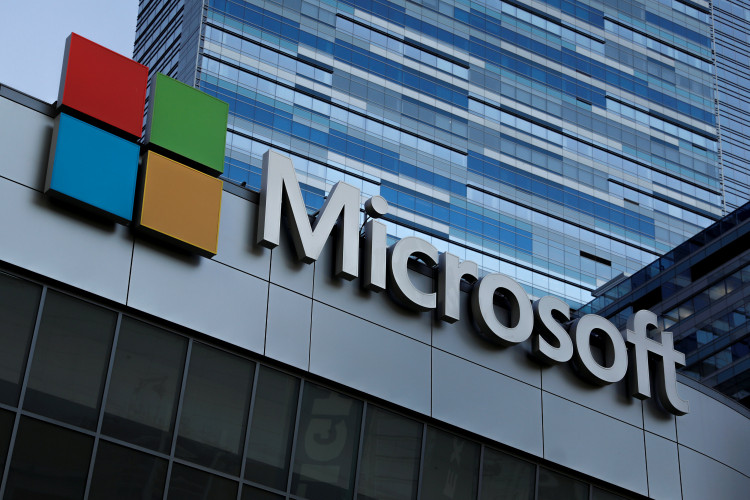Windows 10 Version 1903 is not supposed to make PC problems disappear altogether but at least make life easier when compared to previous feature upgrades. So expectedly, security issues remain a huge concern in the aftermath of the May 2019 Update and there is growing discontent among the Home users of Microsoft's flagship operating system.
The latter, according to Forbes, stemmed from what was perceived as another broken vow from Microsoft that Version 1903 would be synonymous to control, transparency and quality. This might be true for all Pro users but their Home counterparts are not feeling the promised benefits.
For starters, Windows 10 Home users discovered the truth that control of incoming updates in the latest build is not the exact concept that Microsoft had promised to deliver. What was merely provided is the ability to pause the updates, which requires more tinkering in order for the patches to download at an appointed time. In short, the OS remains in control of the general update scenario as users are mostly locked out from the more crucial functionalities of the feature.
This truth is even more manifested by the new policy announced by Microsoft with the Version 1903 release that Windows 10 builds with of end-of-service status will be forced updated to the latest version. This rule is essentially take-it-or-leave-it, meaning refusal, for instance, to get Version 1903 and stay with 1803 will automatically halt all succeeding security updates.
Denied of important patches and left to fend for themselves, users have no choice but to follow the subtle dictates coming from the Windows 10 maker. So much for user control and transparency that Microsoft has touted will be part of the improvements packed with the May 2019 Update.
Needless to say, security scare is a plague that bothers the Windows ecosystem no end, and at least this is true for legacy users or those who stubbornly it out with XP, Vista and Windows 2003. Again, the software has issued an advisory that these old Windows versions are fraught with vulnerabilities, and the latest of which is called Blue Keep.
Microsoft labeled the threat as CVE-2019-0708 and described it as Remote Code Execution vulnerability. "Microsoft is confident that an exploit exists for this vulnerability," the company was reported as saying.
If only to underscore how damaging Blue Keep can be, Microsoft reminded everyone to the havoc wrought by WannaCry a few years back. The damage that the former could potentially cause is likely to reach the same magnitude generated by the latter if left unchecked.
Therefore to get protection, the best answer is to move forward, as Microsoft has been harping about since July of 2015, and get Windows 10. Users, naturally, are helpless and have no choice but to cede control and join the Windows 10 club.





